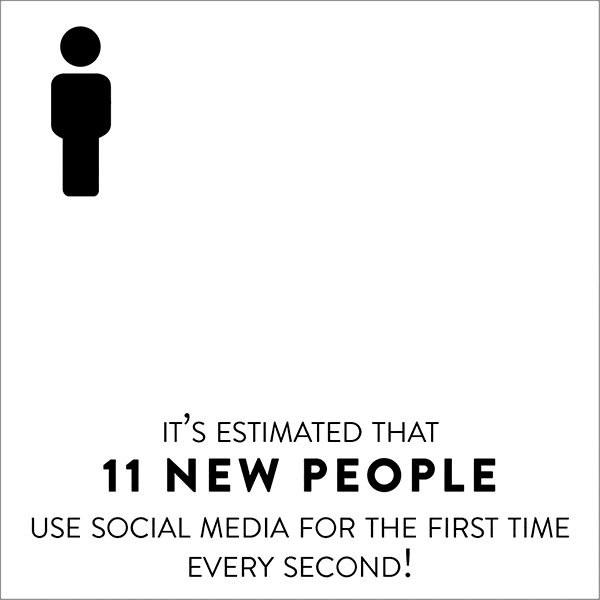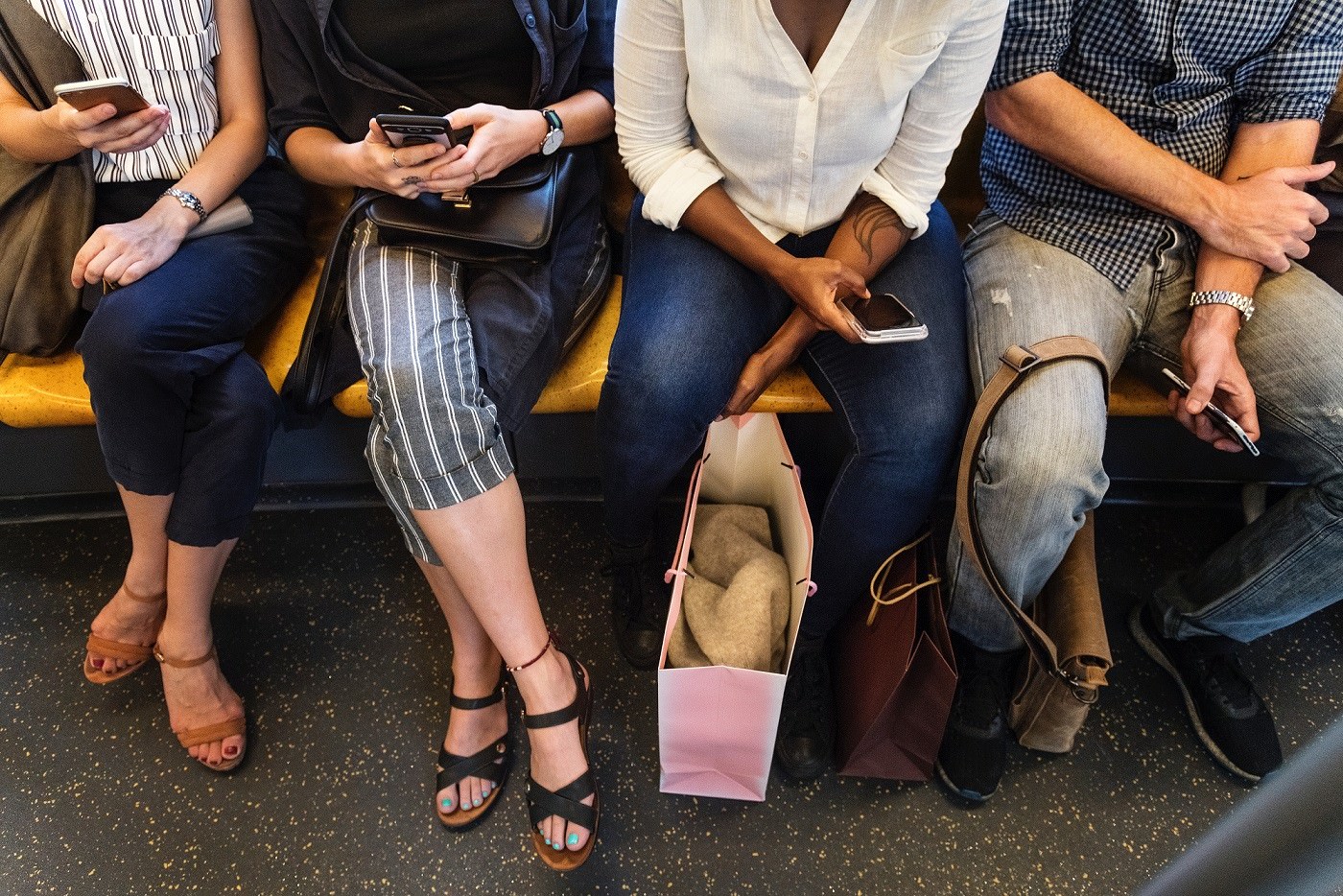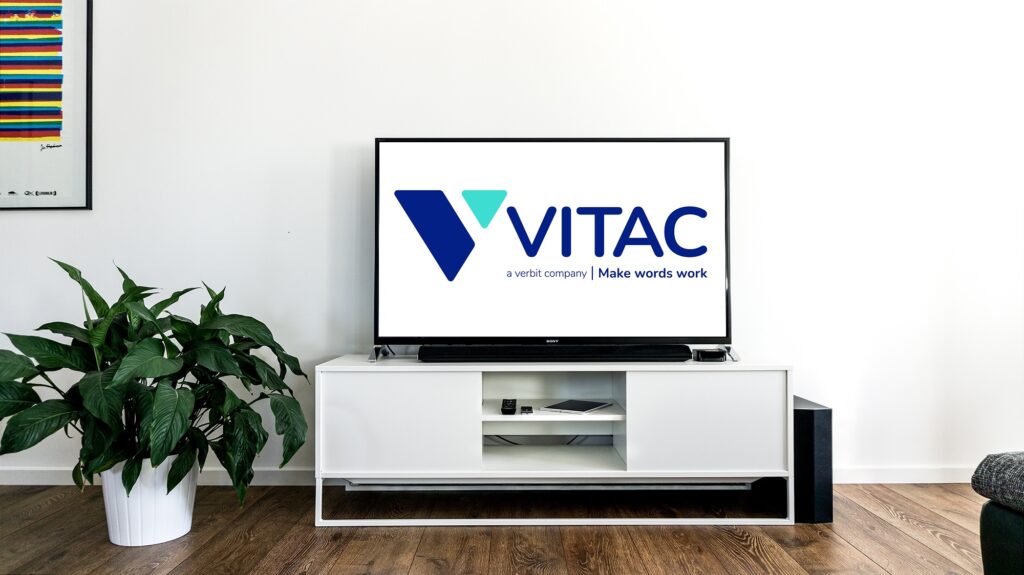There are more than 3 billion people using social media, with some estimates showing that 11 new people use social networking sites for the first time every second. And video, which has fast become the king of online content, plays a huge role in social media and in the lives of social media users with more than 500 hours of video uploaded every minute to YouTube alone.
This upsurge in online video content (from corporate videos to cat videos and everything in between) creates a new challenge for users wanting to share videos – namely, making sure they are accessible to friends, family, and followers. Thankfully, adding captions to videos posted on social media goes a long way toward making them inclusive for all.
 Captions immediately make videos accessible to audiences who would not otherwise be able to enjoy the content. There are nearly 50 million Americans in the deaf and hard-of-hearing community alone who might be interested in the videos you share. Add to that an ever-growing number of Americans who view content in places where it’s impossible to hear the audio — on mass transit, in a busy restaurant, on a noisy gym treadmill, or the library — and the number of people who rely on captions grows substantially larger.
Captions immediately make videos accessible to audiences who would not otherwise be able to enjoy the content. There are nearly 50 million Americans in the deaf and hard-of-hearing community alone who might be interested in the videos you share. Add to that an ever-growing number of Americans who view content in places where it’s impossible to hear the audio — on mass transit, in a busy restaurant, on a noisy gym treadmill, or the library — and the number of people who rely on captions grows substantially larger.
And some social media platforms have paid attention by offering captioning options for users to share video.
Facebook, LinkedIn, and YouTube provide options for uploading closed captions while others, like Instagram, Twitter, and Snapchat, require users to encode any captions/text directly in the video file, meaning the captions are “burned” on the video and always appear as part of the content and cannot be turned on or off.
Facebook requires its captions be uploaded via a SubRip (.srt) file format. These types of files contain video captioning information like the timecodes for the text and the sequential number of captions.
LinkedIn users can add closed captioning when sharing a video from their desktop, with the social channel requiring the video contain an .srt file before it can be posted. Captioning can be added to both individual and company page updates.
 YouTube offers auto captions, but also allows users to create their own captions (and, importantly, edit incorrect auto captions) directly in its Video Manager section. Though YouTube allows users to upload their own caption files, the platform suggests using .srt files as those require only basic timing information and can be edited using any plain text editing software.
YouTube offers auto captions, but also allows users to create their own captions (and, importantly, edit incorrect auto captions) directly in its Video Manager section. Though YouTube allows users to upload their own caption files, the platform suggests using .srt files as those require only basic timing information and can be edited using any plain text editing software.
Though savvy content providers can create their own .srt caption files, it’s often a lengthy, time-consuming process. And poorly timed captions, typos, misspellings, bad punctuation and grammar, and display issues are among the many reasons why captioned videos can end up creating a bad viewer experience.
To increase your chances of getting a viewer’s attention and provide a good viewing experience (not to mention eliminating the hassle of creating your own captions or messing around with clunky video editing software), you may need the help of a professional captioning company, like VITAC.
Instagram and Twitter have some limitations when it comes to captioned video as the platforms do not allow users to add captions to already posted videos. Rather, videos must include encoded captions when they are uploaded or, alternatively, users can upload links to already captioned video, like those from YouTube or Facebook, to share on these social platforms.
Snapchat allows users to drop basic text over a video or photo but does not yet allow full captioning. Much like with Instagram and Twitter, users can encode videos with captions prior to sharing on Snapchat. The social platform, however, does have a closed captioning button on its “Discover” section, which features videos from major media producers like CNN, Cosmopolitan, Telemundo, and Vice.
Captions not only enable you to reach a larger audience, but also better engage viewers, focus attention, and help boost a video’s search engine optimization (SEO) ranking.
As a full-service captioning company, VITAC offers extensive caption solutions for all of your live and offline video content. We pride ourselves on using the newest technologies to provide the highest quality captions, supported by superior customer and client service.
We’ve been taking the stress out of the captioning process for more than 30 years, with expert captioning professionals available 24 hours a day, seven days a week to address your needs and answer every captioning question. Click here to learn more.




